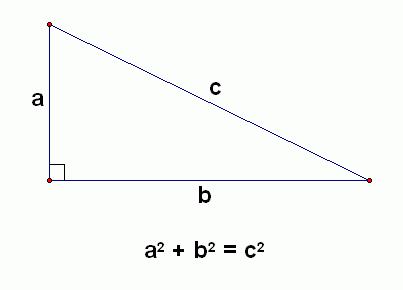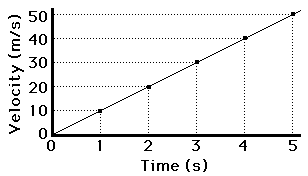How to Add Vectors
 |
| Vectors... |
In order to understand how to add vectors, one must first understand, what is a vector? Vectors are comprised of two main characteristics, the magnitude and the direction. Normally, we mainly talk about the magnitude, which is the size of the vector. The size can be speed, distance, acceleration or any other unit. The direction however is not usually discussed about. The direction can be shown as a degree or as a compass direction. A vector can look like this. In order to add two vectors together, you must consider the 2 factors that were mentioned before, the magnitude and the direction. If you have two vectors that are facing the same direction, for example [E] (East), then you can add their magnitudes together and they are both facing the same direction. If they are facing the opposite directions, for example one of them is facing [E] and the other is facing [W], then you may change the one facing [W] to become – [E] since it is the reverse direction of [E]. After that is done, then adding them is a simple matter. A simple example is the picture on the right. The givens are A = 15m [E], B = 30m [W] and C = 10m [W]. Before we add them together, first we must change the direction of A. As you may recall, in order to invert the direction, we merely add the negative sign in front of the magnitude. Therefore A becomes -15m [W]. Now adding them together is very simple. A + B + C = -15 + 30 + 10 = 25m [E].
 You may wonder, what if they are not complete opposites, what if you had to add a vector facing north with a vector facing east? Well, that is no difficulty whatsoever my young paddlewans. Let’s explain with another example. The graph on the side states that B = 4m [N] while A = 3m [E]. Let’s test your memory; do you remember the Pythagorean Theorem? Well, by using the Pythagorean Theorem, you can find A + B. All you do is find the square root of the sum of “a”, which is A, squared and find the “b”, which is B, squared. You basically get: sqrt(A^2 + B^2) = sqrt(9 + 16) = 25m. WATCH OUT! You may think that you’re done but truth is... IT’S A TRAP! Remember how a vector MUST have both a magnitude and a direction, well, in order to complete A + B, you must find the direction. The direction can be found with trigonometry. First, you label the tail of A (The part of the arrow without the arrow tip) as the origin, then you label the head of B (The part with the arrow tip) as the final point. Now, you use trigonometry to find the angle. Since the tail of A is the origin, think of it on a graph as (0, 0). Therefore, from the graph you realize that A + B is in the positive quadrant.
You may wonder, what if they are not complete opposites, what if you had to add a vector facing north with a vector facing east? Well, that is no difficulty whatsoever my young paddlewans. Let’s explain with another example. The graph on the side states that B = 4m [N] while A = 3m [E]. Let’s test your memory; do you remember the Pythagorean Theorem? Well, by using the Pythagorean Theorem, you can find A + B. All you do is find the square root of the sum of “a”, which is A, squared and find the “b”, which is B, squared. You basically get: sqrt(A^2 + B^2) = sqrt(9 + 16) = 25m. WATCH OUT! You may think that you’re done but truth is... IT’S A TRAP! Remember how a vector MUST have both a magnitude and a direction, well, in order to complete A + B, you must find the direction. The direction can be found with trigonometry. First, you label the tail of A (The part of the arrow without the arrow tip) as the origin, then you label the head of B (The part with the arrow tip) as the final point. Now, you use trigonometry to find the angle. Since the tail of A is the origin, think of it on a graph as (0, 0). Therefore, from the graph you realize that A + B is in the positive quadrant.  |
| Pythagorean Theorem |
 Now find the trigonometry, more specifically tangent. Using tangent, we can find the angle that A + B forms with the y-axis, which becomes 36.7 degrees. With this, we can get A + B = 5 [N36.7E]
Now find the trigonometry, more specifically tangent. Using tangent, we can find the angle that A + B forms with the y-axis, which becomes 36.7 degrees. With this, we can get A + B = 5 [N36.7E]Calculating two vectors with diagonals may seem hard but they are actually very simple. Now that you know how to find a diagonal vector from two horizontal/vertical vectors, you just split up the diagonal vectors into a horizontal and a vertical vector, add the 4 different vectors together, find the angle and voila, that becomes your new vector.














